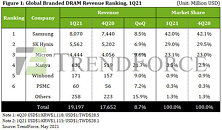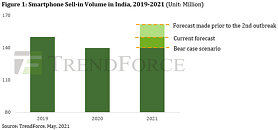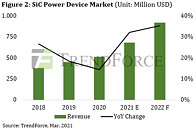
ASUS Significantly Expands its Lineup of Copilot+ PCs at CES 2025
ASUS today announced a significant expansion of its innovative Copilot+ PC lineup, the fastest, most intelligent Windows PCs, bringing artificial intelligence (AI) capabilities to users in every segment—empowering more people than ever to embrace the exciting and burgeoning era of AI.
As AI reshapes both how people interact with technology and their expectations of what a computer should be, our all-new Copilot+ PC lineup is designed to meet the growing demand for more affordable, more efficient, more secure and faster laptops that elevate both personal and professional workflows. Powered by the latest AI-enabled processors from Qualcomm, AMD and Intel, and available in a diverse range of styles and form factors, ASUS is leading the charge in making AI technology universally accessible.
As AI reshapes both how people interact with technology and their expectations of what a computer should be, our all-new Copilot+ PC lineup is designed to meet the growing demand for more affordable, more efficient, more secure and faster laptops that elevate both personal and professional workflows. Powered by the latest AI-enabled processors from Qualcomm, AMD and Intel, and available in a diverse range of styles and form factors, ASUS is leading the charge in making AI technology universally accessible.


















